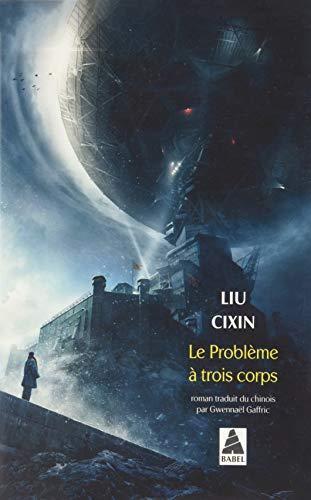comrad reviewed The Three-Body Problem by Cixin Liu (Three-Body Trilogy, #1)
Guter Auftakt der Trilogie
4 stars
Ich hab innerhalb von zwei Tagen "Die Drei Sonnen" von Cixin Liu gelesen. Das hatte ich schon sehr lange auf meiner Liste und erfreulicherweise waren alle drei Bände der Trilogie in der Stadtbücherei vorrätig.
Die knapp 550 Seiten haben sich schnell und angenehm gelesen. Das Meisterwerkgefühl bliebt bei mir jedoch leider aus.
Die Geschichte ist nett, aber jetzt nichts neues, vieles wirkt eher konstruiert und anstatt Entdeckung wird eher präsentiert.
Ich hab innerhalb von zwei Tagen "Die Drei Sonnen" von Cixin Liu gelesen. Das hatte ich schon sehr lange auf meiner Liste und erfreulicherweise waren alle drei Bände der Trilogie in der Stadtbücherei vorrätig.
Die knapp 550 Seiten haben sich schnell und angenehm gelesen. Das Meisterwerkgefühl bliebt bei mir jedoch leider aus.
Die Geschichte ist nett, aber jetzt nichts neues, vieles wirkt eher konstruiert und anstatt Entdeckung wird eher präsentiert.




